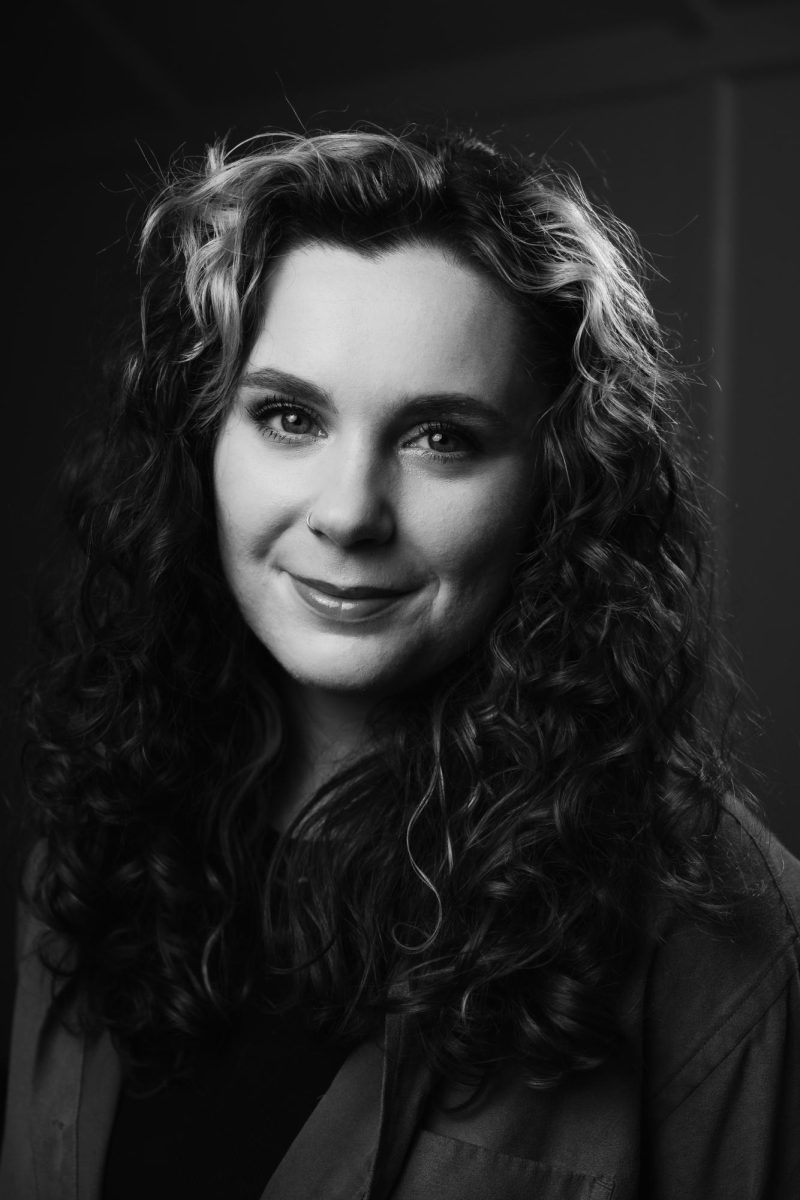Part of photographer’s estate to go to chemistry department
February 20, 2002
An estimated $400,000 bequeathed to the Department of Chemistry by a former crime-scene photographer will benefit students and faculty.
Cal Rayburn, an ISU alumnus, did not remain in contact with faculty at the department after graduation, but the department remained a part of him.
“He felt the Iowa State chemistry department was instrumental to his career,” said Steve O’Brien, executor of Rayburn’s estate.
As a bachelor with no close family, O’Brien said Rayburn divided his estate between Iowa Public Television, WOI Radio and Iowa State.
Iowa State was notified of Rayburn’s gift by his attorney May 31, 2000, said Jim Brehm, senior development director for the ISU Foundation.
The chemistry department, however, still has not received the entire donation.
Brehm said after a person dies, their possessions go into probate, the legal process of dividing an estate. Rayburn’s estate is still being assessed and divided.
“The total gift value is still being determined,” Brehm said. “Iowa State has received a partial distribution of $125,000, and we’re told it’s going to be about $400,000.”
Brehm estimated Iowa State will have the money within a few months. Brehm said estate gifts can range from thousands of dollars to millions and are largely unpredictable.
He said he encourages potential donors to write out a memorandum of agreement specifying exactly how their donation should be used. Rayburn, however, left no specifications for how Iowa State should use the money, except telling O’Brien to make sure Patricia Theil, chair of the chemistry department, uses it in the way she thinks is best.
A committee is currently working with Rayburn’s attorney to divide the gift according to Rayburn’s wishes.
Brehm said the funds will most likely establish an endowment divided between student scholarships and faculty development.
One non-tenured professor will be named the Cal Rayburn Jr. Faculty Scholar and will receive funding to help establish research programs, according to the College of Liberal Arts and Sciences Web site.
Brehm said undergraduate scholarships will likely be provided to students pursuing careers in forensic chemistry.
O’Brien said Rayburn originally studied wildlife and forestry at Iowa State, but had to drop out due to financial issues. He began work in a polystyrene plastics plant and found a passion in chemistry. Rayburn eventually returned to Iowa State and graduated with a degree in chemistry.
Rayburn’s other love was photography, O’Brien said. Rayburn, influenced by the work of Ansel Adams, was an accomplished black-and-white, fine art photographer.
Rayburn’s interest in photography manifested itself in a successful career as a crime scene photographer with the Iowa Division of Criminal Investigation.
As a forensic scientist in the Division of Criminal Investigation’s Alcohol Division a few years later, Rayburn was instrumental in starting the Iowa intoxilizer program, O’Brien said.
Rayburn evaluated several machines used in testing alcohol levels and helped start state legislation lowering the allowable alcohol blood levels for drivers.
O’Brien’s friendship with Rayburn grew from a mutual love of photography the moment they met in a camera store 20 years ago.
“Cal enjoyed being outside, and I would go on month-long trips with him to do photography,” O’Brien said.
“He preferred black-and-white photography, and it was a blasphemy for him to shoot color.”
Before Rayburn died from lung cancer on Jan. 29, 2001, O’Brien convinced him to draw up a will.
O’Brien, who took care of Rayburn through his treatments, agreed to be the executor of his estate.
“It has been a privilege to see how his money is being used,” O’Brien said. “He was a crusty guy. He wanted to do things his way.”
















